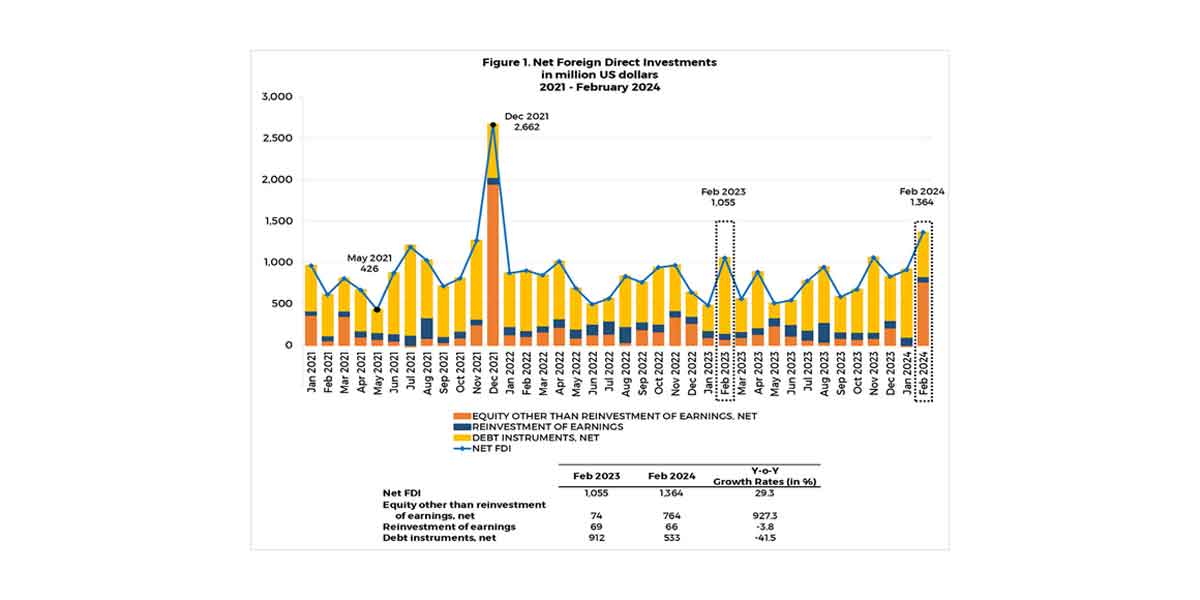 By Joshua Corcuera
By Joshua Corcuera
For so long, the arts have been largely appreciated by people from all walks of life. The arts refer to the expression of human skill and imagination producing works, such as illustrations and statues, to be admired primarily for beauty and power. As we can see, there are several museums dedicated to enormous arrays of sculptures and vast collections of paintings, for instance. Hence, it is essential to look at how people tend to view the subject, and the harsh realities of being an artist, especially in the Philippines.
The beauty and genius of the arts
Before anything else, it is imperative to look at the beauty and genius of artworks. After all, artists and sculptors who spent significant time and effort are deserving of praise and are worthy of attention for their masterpieces — just like how we appreciate doctors for saving lives and lawyers defending the oppressed.
Through art, opportunities are created for the people — especially the marginalized — to express their grievances, promote dialogue and encourage civic work. More importantly, the arts can be utilized to instill important values to the masses and be aware of the social realities we are living in. From here, it can be deduced that the genius of artistic expression is not merely its physical beauty, but also the message it tries to tell society.
Appreciating the arts in the Philippines
Museums can be a source of knowledge, not merely a place of entertainment, as they share and take care of authentic natural and cultural heritage. As mentioned earlier, there are museums that host several pieces of art in the country; these include the National Museums of Fine Art, Anthropology, and Natural History in Manila. With friends and family, one can roam around giant pillars and hallways displaying essential artworks to our country such as Juan Luna’s Spoliarium and other valuable works by classical artists like Guillermo Tolentino and Felix Resurreccion Hidalgo.
Although there are also some museums outside Manila, many of the well-funded and well-supported museums are centralized in the country’s capital. With this, people and leaders must also highly regard and value the heritage of provinces since they can also teach valuable lessons to the natives of the regions.
In the Philippines, the arts are underrated
Another topic in regard to the arts worthy of discussion are those who create them. When we were young, we were asked what we aspire to be when we grow up. Most would say they want to be lawyers, doctors, engineers, teachers or businessmen in the future. But have we heard someone dream to be a musician, a painter, or a sculptor when they were young? And worse, those who aspire to be one might hear discouraging words even from their parents themselves; the latter would say that having a profession in the arts is not lucrative and that there is no money there, hence they should not pursue arts. Ultimately, minds that could have contributed to the arts were not shaped as they seek other professions they were not truly passionate of.
Besides this, one can also observe that the arts are underrated in this country based on the lack of support for those who create them. In social media, visual artists claim that they received offers to create artwork only to be given free lunch despite their dedication, time, and effort. Furthermore, the Philippines’ mall culture has overshadowed museums dedicated to the arts as people tend to prefer malls to museums. Clearly, the arts are underrated and less supported as it should be here in our country, despite the fact that it preserves our nation’s heritage and history, and gives color to society. Thus, for the arts to continue guiding us forward, it is essential for all of us to appreciate it and the people behind them.





















